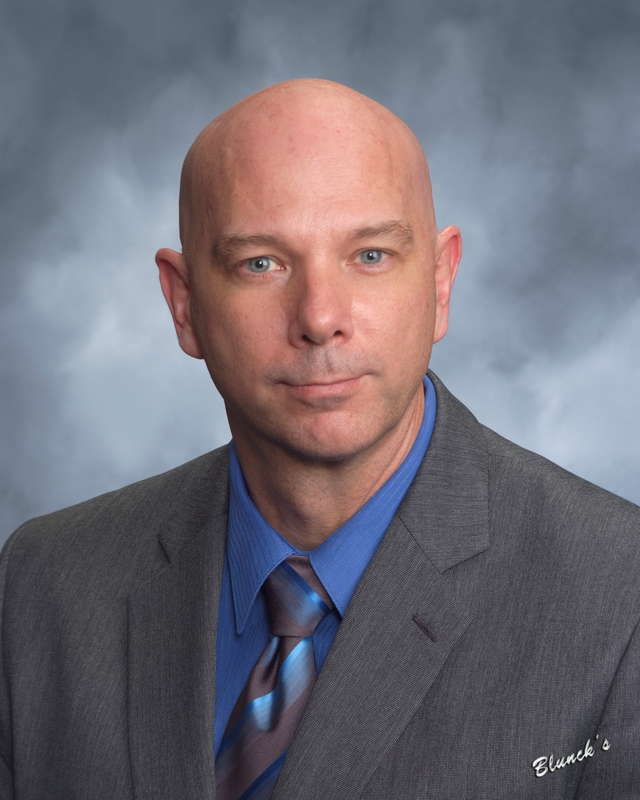
If you have never worked with the United States Army, you are missing out. They have a form, procedure, or written guidelines for every conceivable situation. From an organizational standpoint, this ensures continuity and uniformity across an infinitely complex organization, and for end users, it provides assurance and confidence when jumping into new situations. The Army does not do this just with soldier stuff, either. For example, at a recent meeting on Fort Sill Army Base, leadership reviewed the Fort Sill Home Alone Matrix for the benefit of soldiers and their families. The Fort Sill Home Alone Matrix outlines appropriate conditions for children to be unsupervised based on their age, length of time, and other factors. A pre-schooler may play outside unattended “in a designated safe area with immediate access (visual, sight, or hearing distance) to adult supervision.” And a 5th grader may be unattended in a car “with keys removed and handbrake applied.” If my mother had such clear guidance, I might not have backed her station wagon into a Cadillac when I was four years old. (I still contend it was their fault. Any competent driver knows to yield the right-of-way to four-year-olds.)
\r\nAt first, I questioned the Army’s doing this, but I soon saw the brilliance in the Home Alone Matrix. The Army is full of new moms and dads, and they cannot afford to assume they all understand what is developmentally appropriate for children of different ages. It made me think that maybe educators and parents could learn something from this. After all, how much do we assume parents already know about appropriate educational strategies for their children, and how much have we done as educators to inform them? \r\n
\r\nI am not sure a military-style matrix would work in this case, but there is a tremendous amount of educational research available to identify the most developmentally appropriate strategies for teaching children. As a field of science, educational research is relatively new. In the beginning, research focused largely on efficient school governance and management. In recent decades, however, research has focused more on the learners themselves. This student-focus of learning is something that we all take for granted nowadays, but newer research goes even deeper than a student focus. Instead of merely attempting to understand students and how to teach them, educational research is now focused on how learners learn and how they think! This is extremely helpful to parents. If only parents had local experts available to help them . . . \r\n
\r\nGood news! Your local public educators can help you understand children’s specific learning styles based on a variety of factors. Students all learn in very different ways. They think differently. They approach problems from different perspectives. Everything from brain research to cultural identities to physiological factors to nutrition to the temperature in the classroom impacts how a child learns. And the more parents understand these things, the more parents can help their children be successful. The educators in your local school are no longer just content experts. They are child experts, learning diagnosticians who can help you as a parent understand your child better. \r\n
\r\nNone of us educators, however, are better than an involved, caring parent, because research will never replace the parent as the most important educator in a child’s life. Together, however, we can do amazing things for your child when we share our insights and training with each other. If the Army does not take for granted that parents know when children can play by themselves outside, then schools should not take for granted that parents understand how their children learn. If we can bridge that gap for parents – not replacing their role but elevating and enhancing it, just as the Army does – then there is no limit to what our children or schools can achieve.\r\n
\r\nFor more articles from Tom, please visit tomdeighan.com.

